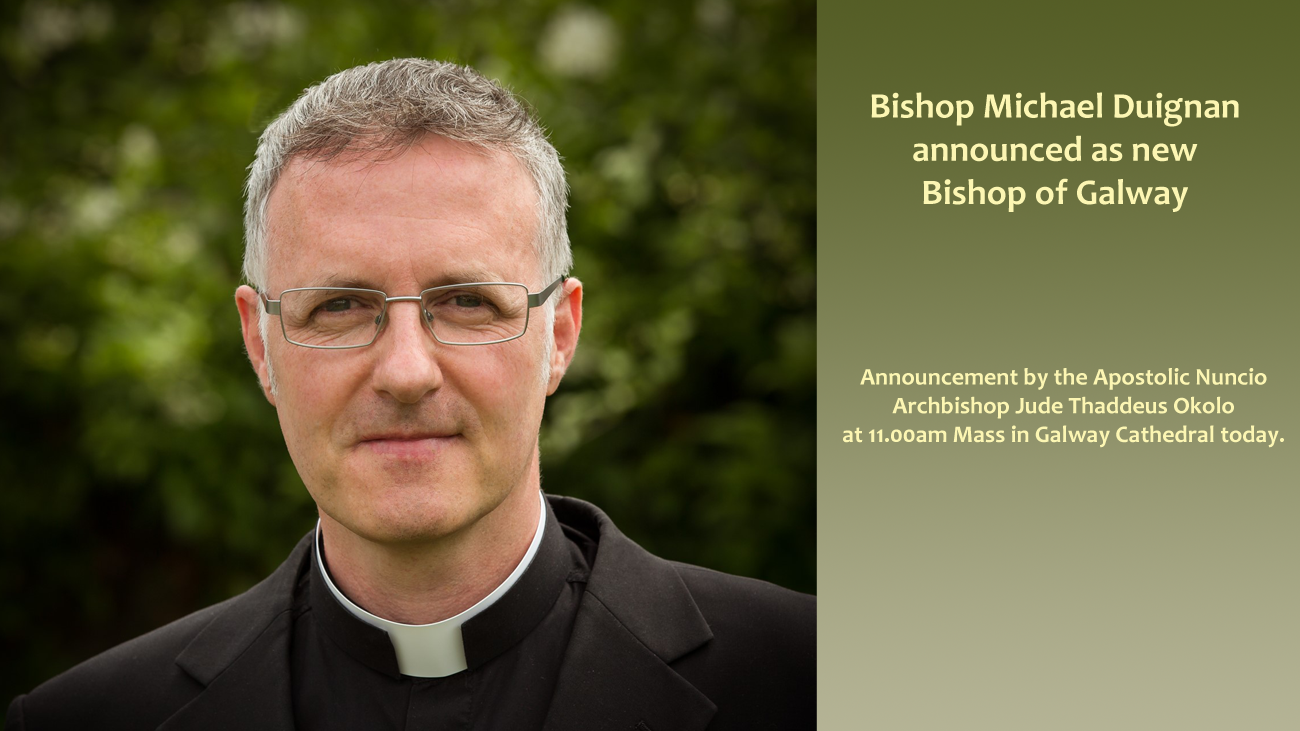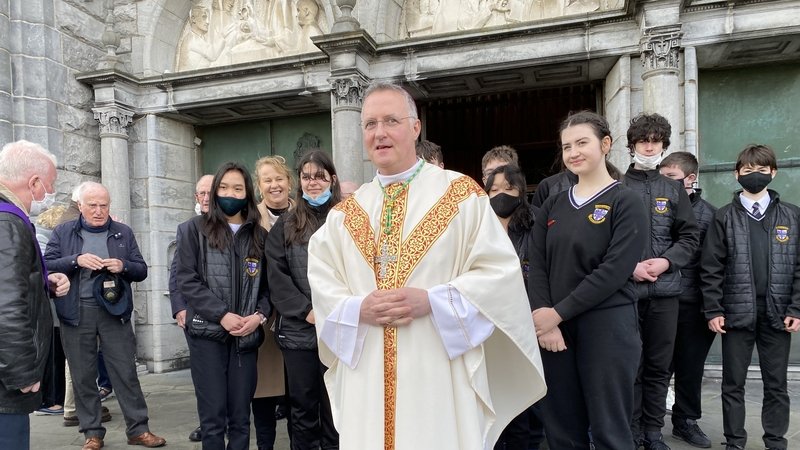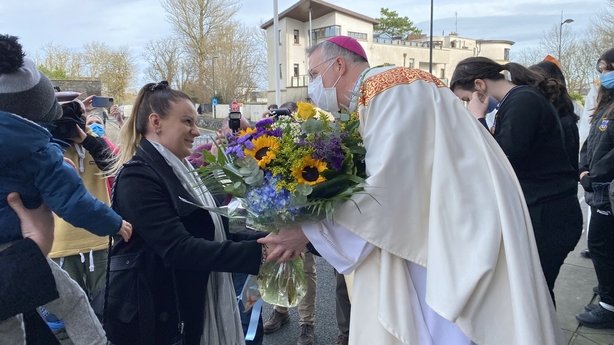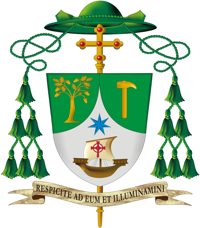
Bishop Michael Duignan of Clonfert to be installed as new Bishop of Galway on 1 May 2022
Bishop Michael Duignan replaces Bishop Brendan Kelly, who is retiring at the age of 75. Bishop Duignan will be appointed by Pope Francis to the Diocese of Galway, Kilmacduagh and Kilfenora in addition to his current appointment in Clonfert. The announcement was made by the Apostolic Nuncio, Archbishop Jude Thaddeus Okolo, during a concelebrated Mass in Galway Cathedral on 11 February.
Both bishops say the union is "not an amalgamation" and would not suppress either of the two dioceses. "Both dioceses will continue to maintain their own integrity and autonomy as is but will work closer together, where possible, through the person and ministry of a single bishop."
Each diocese will handle its financial administration independently and make its own pastoral decisions.


Bringing two or more dioceses together in persona episcopi
The Latin term in persona episcopi means “in the person of the bishop” and is used by the Catholic Church to designate the union of two or more dioceses under one bishop. The determining factor in this case is that both dioceses are pastorally governed by a sole bishop. The diocesan structures and institutions (cathedral churches, cathedral chapters, curial offices and officials, college of consultors, presbyteral council, diocesan pastoral councils, etc), diocesan goods (lands, bank accounts, cultural properties, etc) and juridical competences in Canon Law and Civil Law (trusteeship, charities, etc.) of each of the respective dioceses are left unaltered. In other words, the only change is that, instead of each diocese having its own respective bishop, one sole bishop exercises the pastoral governance of both dioceses equally, according to the spiritual and pastoral needs of the one and the other.
Each diocese maintains its identity and handles its own cultural heritage as it deems fit. Each keeps its own personnel or can share with other dioceses; priests will not normally be asked to minister beyond their own diocese unless by a special request or mandate. Each diocese will handle its financial administration independently and will make its own pastoral decisions as usual. Of course, mutual co-operation between both dioceses, as has been hitherto the case, is not excluded. In fact, constant consultation, support and sharing of expertise ought to be encouraged. From the experience of other dioceses where this has been trialled, there is evidence that many factors enhance the future survival of the dioceses which unite and cooperate in persona episcopi.
This form of union under one bishop is not an amalgamation and does not supress any of the two dioceses. It respects autonomy and allows for the functionality of the individual jurisdictions. It is a mild and practical form of union between dioceses and can be a temporary or permanent provision.
